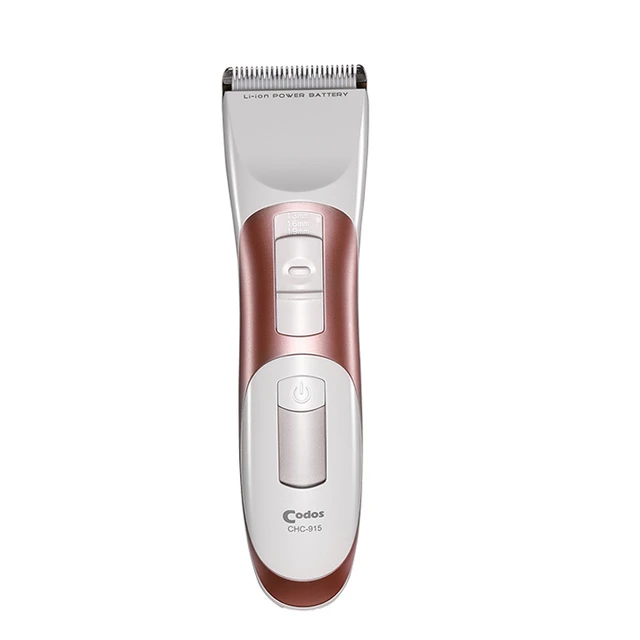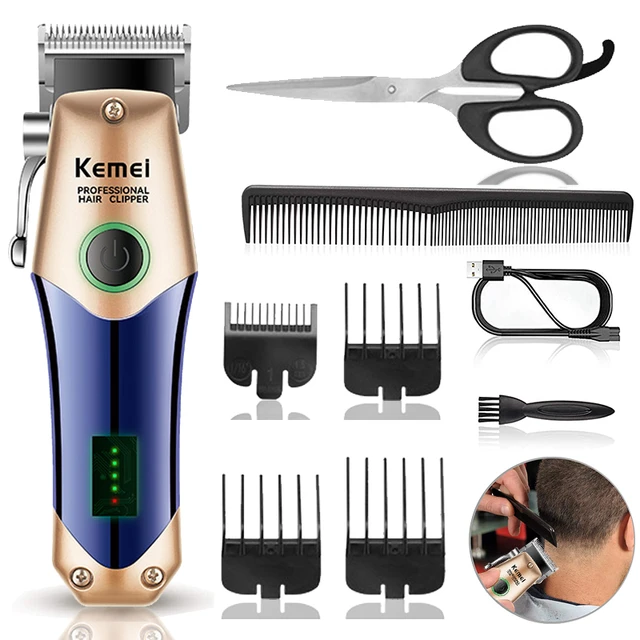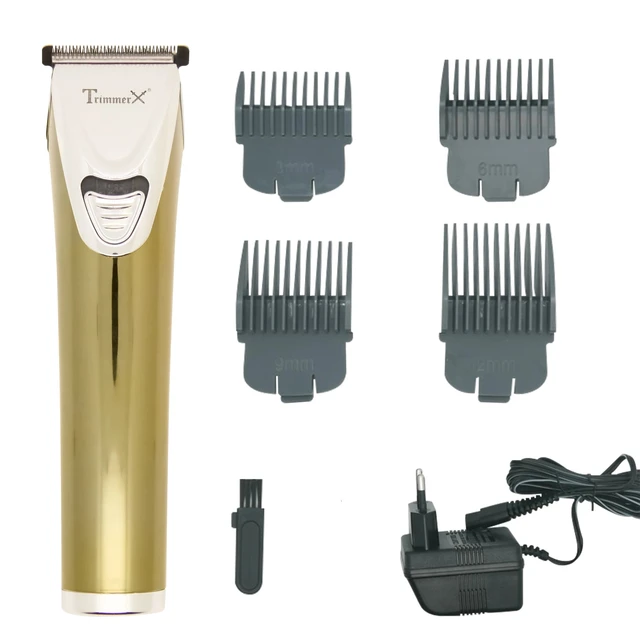
Introduction:
Grooming plays a vital role in a dog’s overall well-being, and haircuts are an important part of their regular grooming routine. While human clippers may seem like a convenient option for cutting a dog’s hair, it is essential to consider the impact on their comfort and happiness. In this guide, we will explore whether dogs feel better after a haircut with human clippers, taking into account factors such as their comfort, stress levels, and overall grooming experience. By understanding these factors, you can make an informed decision about the best grooming methods for your furry friend.
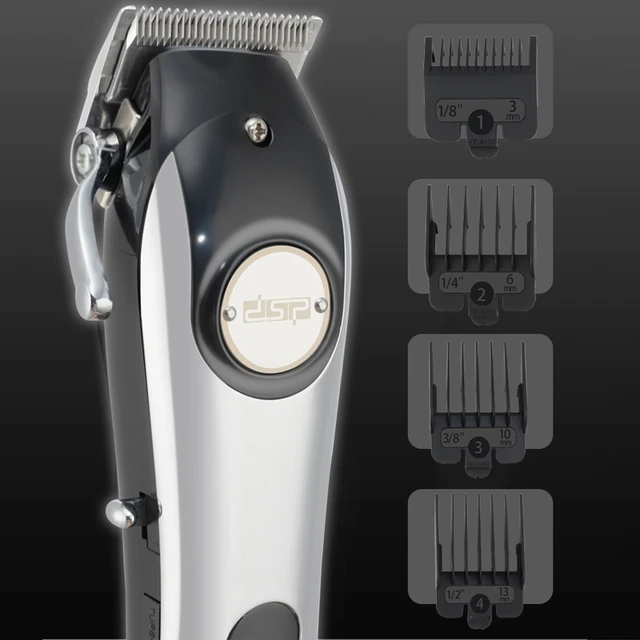
Do dogs feel better after a haircut with human clippers?
Considerations for Dog Haircuts:
Before discussing the impact of using human clippers on a dog’s well-being, it is important to consider some general aspects of dog haircuts:
a. Breed and Coat Type: Different dog breeds have varying coat types, such as long, short, curly, or wiry. Each coat type requires specific grooming techniques and tools to ensure the best results and the comfort of the dog.
b. Comfort and Safety: A dog’s comfort and safety should always be the top priority during grooming. Haircuts should be done in a manner that minimizes stress, avoids injury, and ensures the dog’s well-being.
c. Professional Assistance: Some dogs have complex coat types or specific grooming needs that may be best handled by a professional groomer. Professional groomers have the necessary skills, experience, and tools to provide the most comfortable and suitable haircuts for dogs.
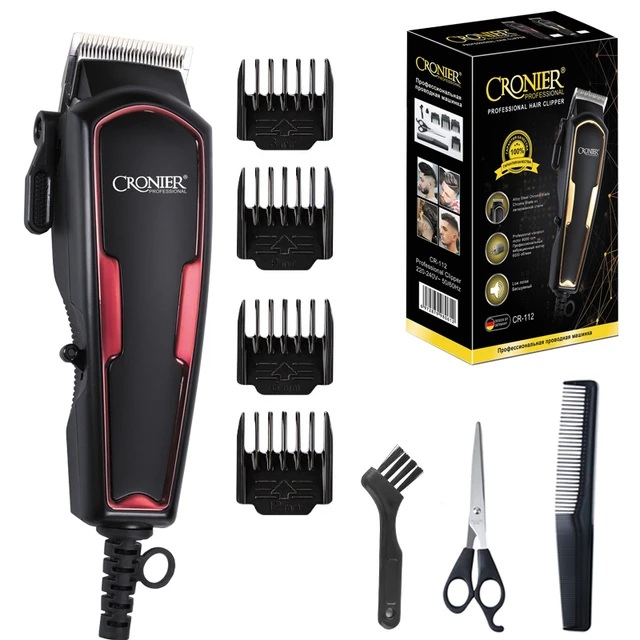
Human Clippers vs. Dog Clippers:
When it comes to cutting a dog’s hair, using clippers specifically designed for dogs is generally recommended. Here are some key differences between human clippers and dog clippers:
a. Blade Design and Speed: Dog clippers are designed with blades that are suitable for various coat types and provide the necessary speed to achieve efficient and comfortable grooming. Human clippers may have different blade designs and speeds, which may not be as effective or comfortable for dog haircuts.
b. Noise and Vibration: Human clippers can be louder and produce more vibration than dog clippers. The noise and vibrations of human clippers may startle or stress dogs, making the grooming experience less pleasant for them.
c. Safety Features: Dog clippers often have safety features, such as rounded blade tips and guards, to minimize the risk of accidentally cutting the dog’s skin. Human clippers may lack these safety features, increasing the risk of injury during grooming.
d. Adjustability: Dog clippers usually offer adjustable blade lengths, allowing for different haircuts and varying coat lengths. Human clippers may not have the same level of adjustability, limiting the options for grooming different areas of a dog’s body.

Impact on Dog Comfort and Happiness:
The comfort and happiness of dogs during and after a haircut are key indicators of the success of the grooming experience. While the use of human clippers may not necessarily harm dogs, it is important to consider the potential impact on their overall well-being. Here are some factors to consider:
a. Noise and Vibrations: As mentioned earlier, human clippers may produce louder noise and stronger vibrations than dog clippers. This can cause anxiety, stress, and discomfort for some dogs, making the grooming process less enjoyable for them.
b. Heat and Discomfort: Human clippers may heat up more quickly with extended use, potentially causing discomfort or even burns to the dog’s skin. Dogs have more sensitive skin than humans, so it is crucial to monitor the temperature of the clippers throughout the grooming session.
c. Grooming Experience: The overall grooming experience, including the handling, movements, and tools used, can significantly impact a dog’s comfort and happiness. Human clippers may not provide the same level of smoothness, precision, and ease of use as dog clippers, potentially leading to a less comfortable and satisfactory haircut.
d. Stress Levels: Dogs may experience varying levels of stress during grooming. It is important to minimize stress and anxiety as much as possible to create a positive grooming experience. Using appropriate grooming tools, providing breaks, and employing gentle handling techniques can help reduce stress levels during the haircut.
e. Post-Grooming Behavior: Observing a dog’s behavior after a haircut can provide insights into their comfort and happiness. If a dog appears more relaxed, content, and exhibits playful or positive behaviors, it can be an indication that they feel better after the grooming session. However, every dog is unique, and their individual behavior should be taken into account.

Enhancing the Grooming Experience:
To ensure that dogs feel better after a haircut, regardless of the clippers used, consider the following tips to enhance the grooming experience:
a. Positive Reinforcement: Use positive reinforcement techniques such as treats, praise, and rewards throughout the grooming process. Rewarding calm behavior and offering treats as a form of encouragement can help create a positive association with grooming.
b. Familiarization and Desensitization: Introduce your dog to grooming tools, including clippers, in a safe and positive environment. Gradually acclimate them to the sound, vibrations, and movements associated with grooming. This helps desensitize them and minimizes anxiety or fear during haircuts.
c. Comfortable Environment: Ensure a comfortable and calm grooming environment for your dog. Choose a quiet, well-lit space, preferably free from distractions or other potential stressors. Providing a comfortable grooming surface or mat can also contribute to their overall comfort.
d. Regular Grooming Routine: Establishing a regular grooming routine helps dogs become more familiar with the process over time. Consistency and repetition can reduce anxiety and make future grooming sessions more comfortable.
e. Professional Assistance: If you are unsure about using human clippers or if your dog has specific grooming needs, consider seeking professional assistance. Professional groomers have the necessary expertise, tools, and experience to ensure a comfortable and satisfactory haircut for your dog.

Conclusion:
While dogs may not necessarily feel worse after a haircut with human clippers, it is important to consider their comfort and overall grooming experience. Using clippers specifically designed for dogs can provide a more suitable and comfortable grooming process. Dog clippers offer specialized features, adjustability, and safety measures that contribute to a positive experience. However, regardless of the clippers used, creating a calm and positive grooming environment and employing gentle handling techniques is crucial for ensuring that dogs feel better after a haircut. By prioritizing the comfort and happiness of dogs during grooming, you can help them maintain a healthy, well-groomed coat while fostering a positive relationship with the grooming process.

